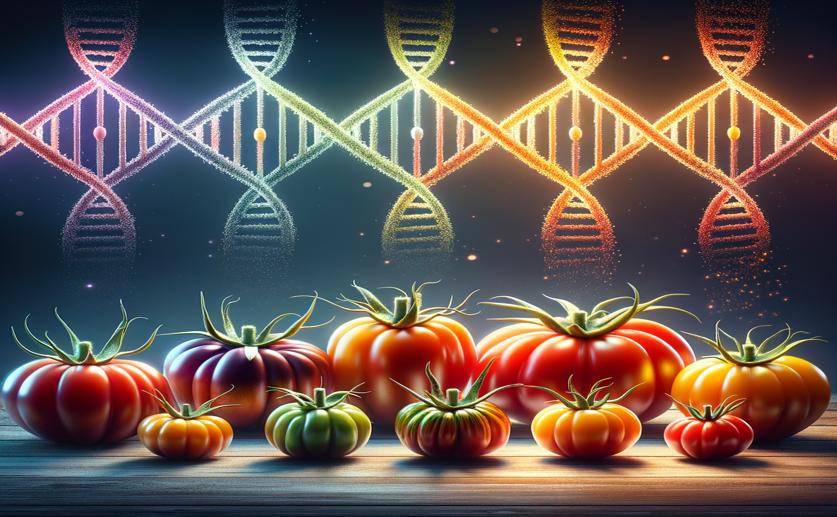
Mapping Genetic Hotspots in Tomato Hybrids
Jim Crocker
2nd July, 2024

Image Source: Natural Science News, 2024
Key Findings
- The study by Wageningen University and Research focuses on enhancing tomato plant resilience by examining meiotic recombination patterns
- Researchers identified specific genome regions with low recombination rates, called "coldspots," which hinder the introduction of beneficial traits
- Understanding these recombination patterns helps breeders create new tomato varieties with better resistance and productivity, aiding global food security
AgricultureGeneticsPlant Science
References
Main Study
1) A catalogue of recombination coldspots in interspecific tomato hybrids.
Published 1st July, 2024
https://doi.org/10.1371/journal.pgen.1011336
Related Studies
2) Genetic strategies for improving crop yields.
3) Heterogeneous transposable elements as silencers, enhancers and targets of meiotic recombination.
4) Recombination Rate Evolution and the Origin of Species.



 18th June, 2024 | Greg Howard
18th June, 2024 | Greg Howard